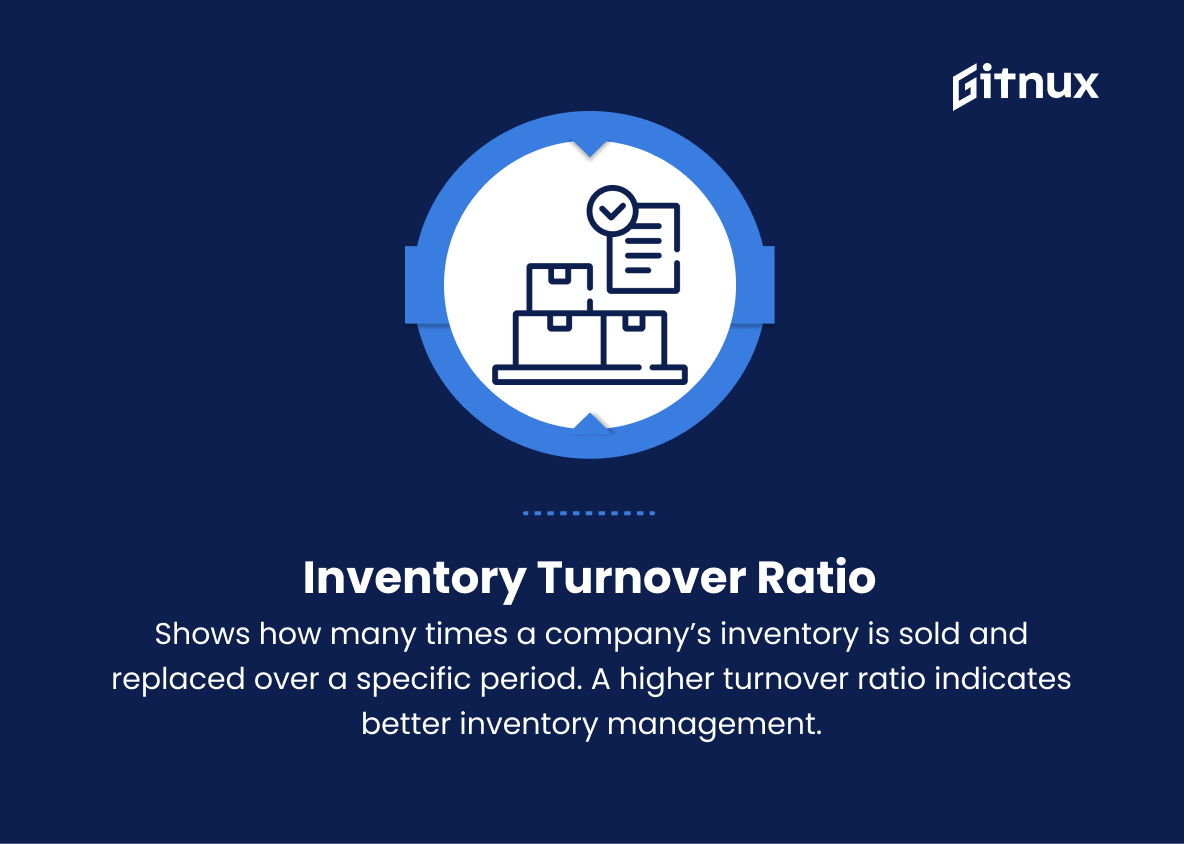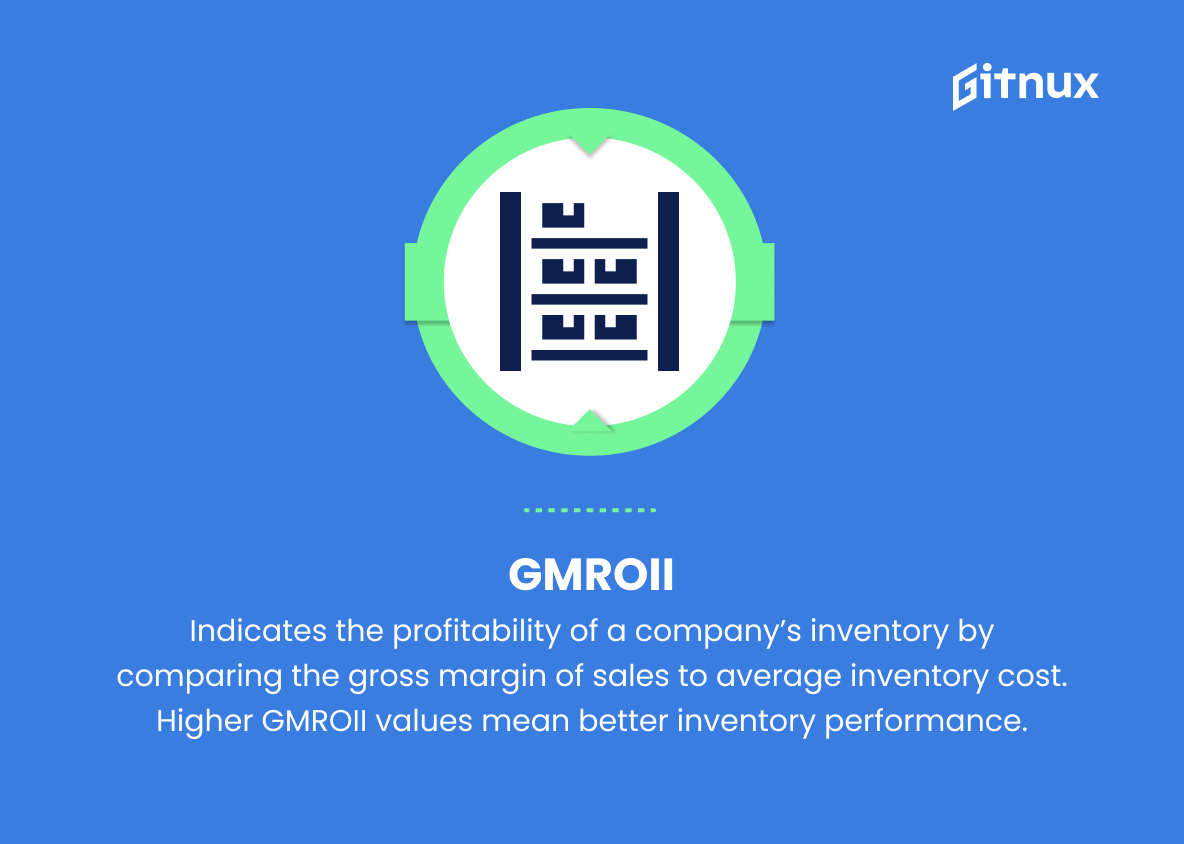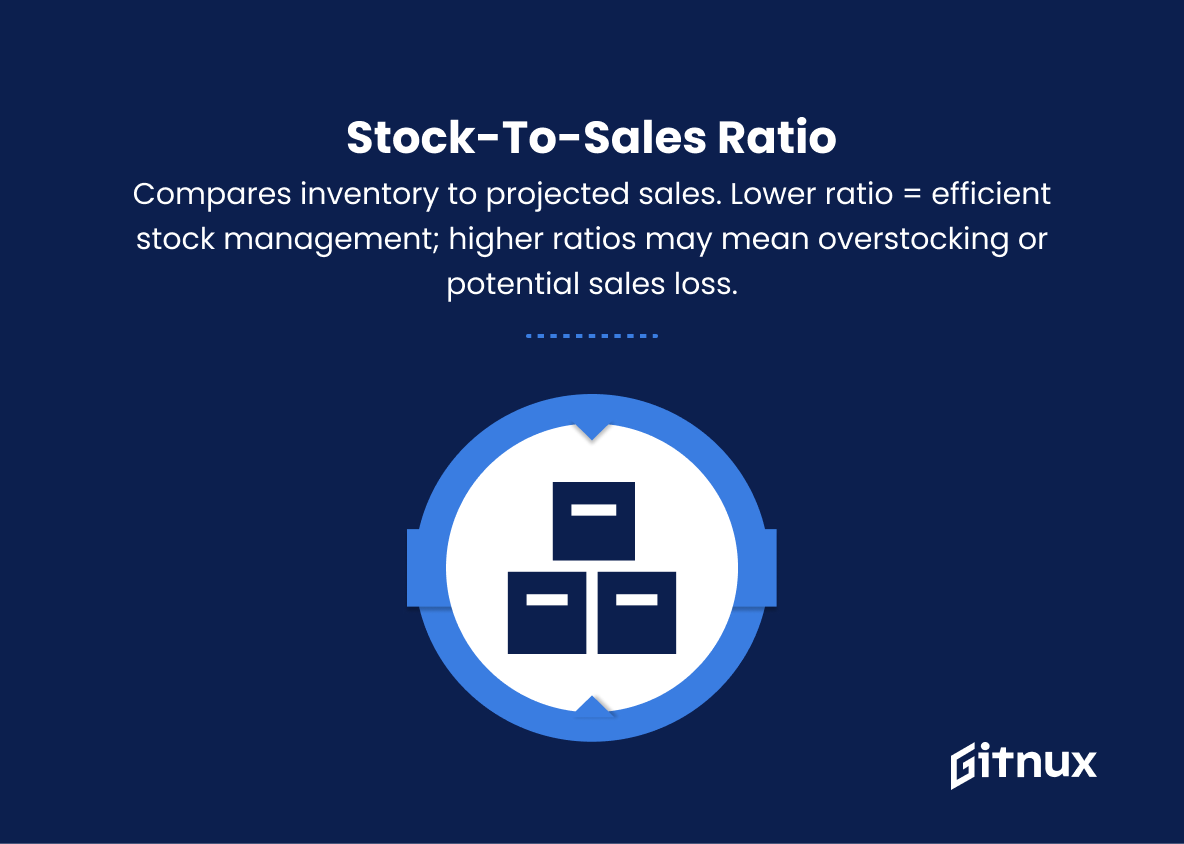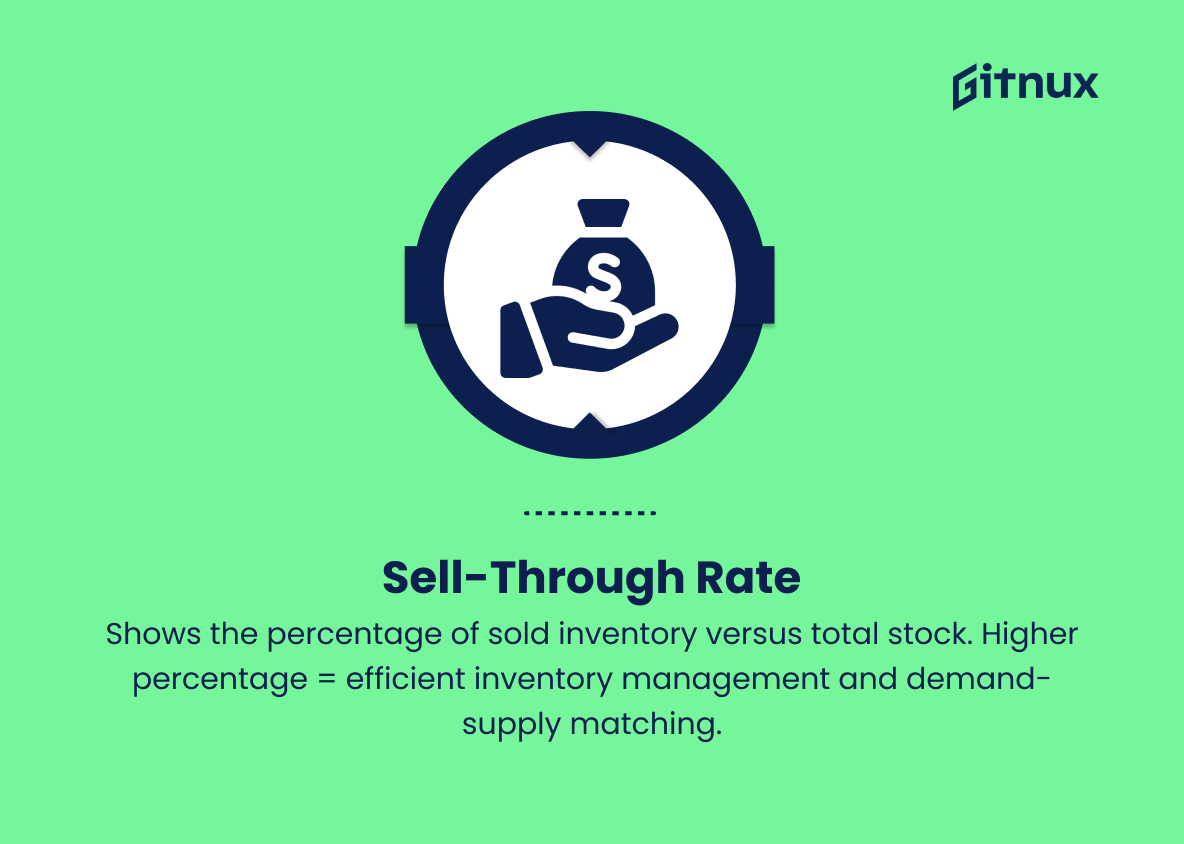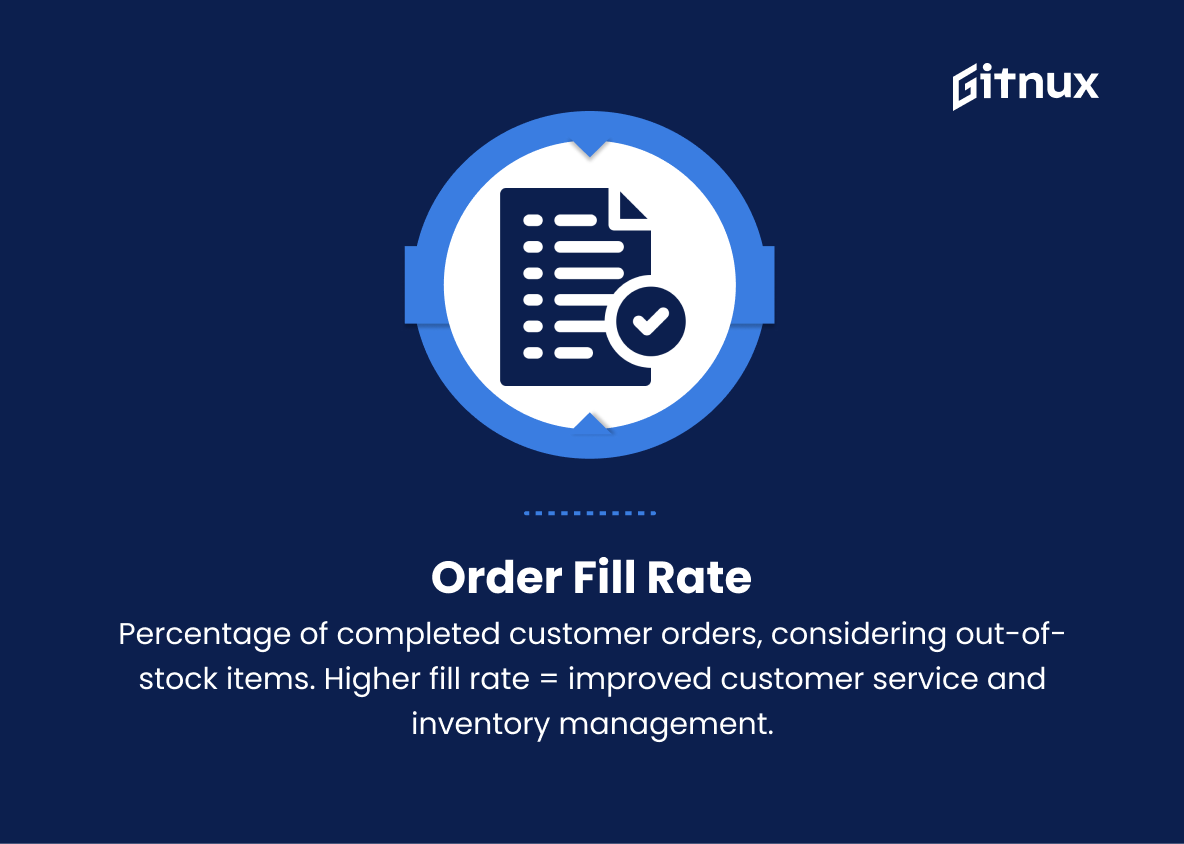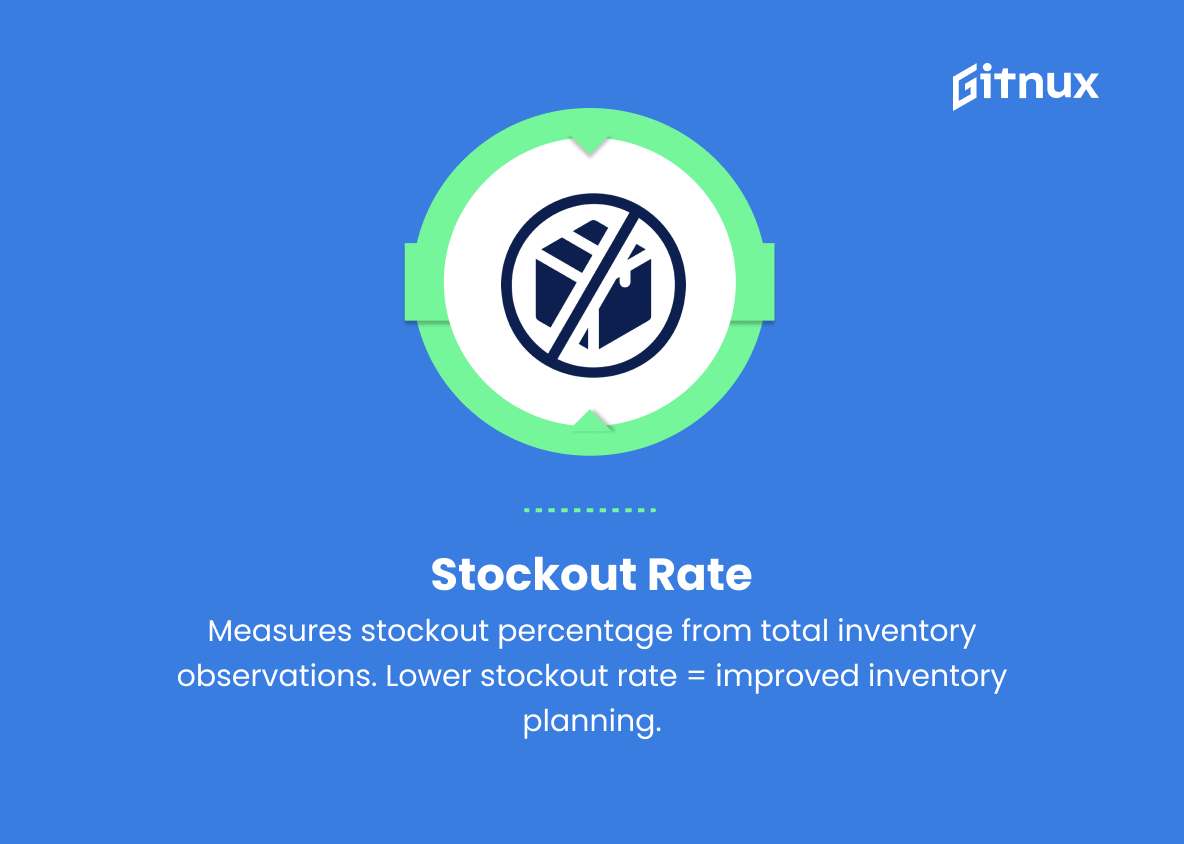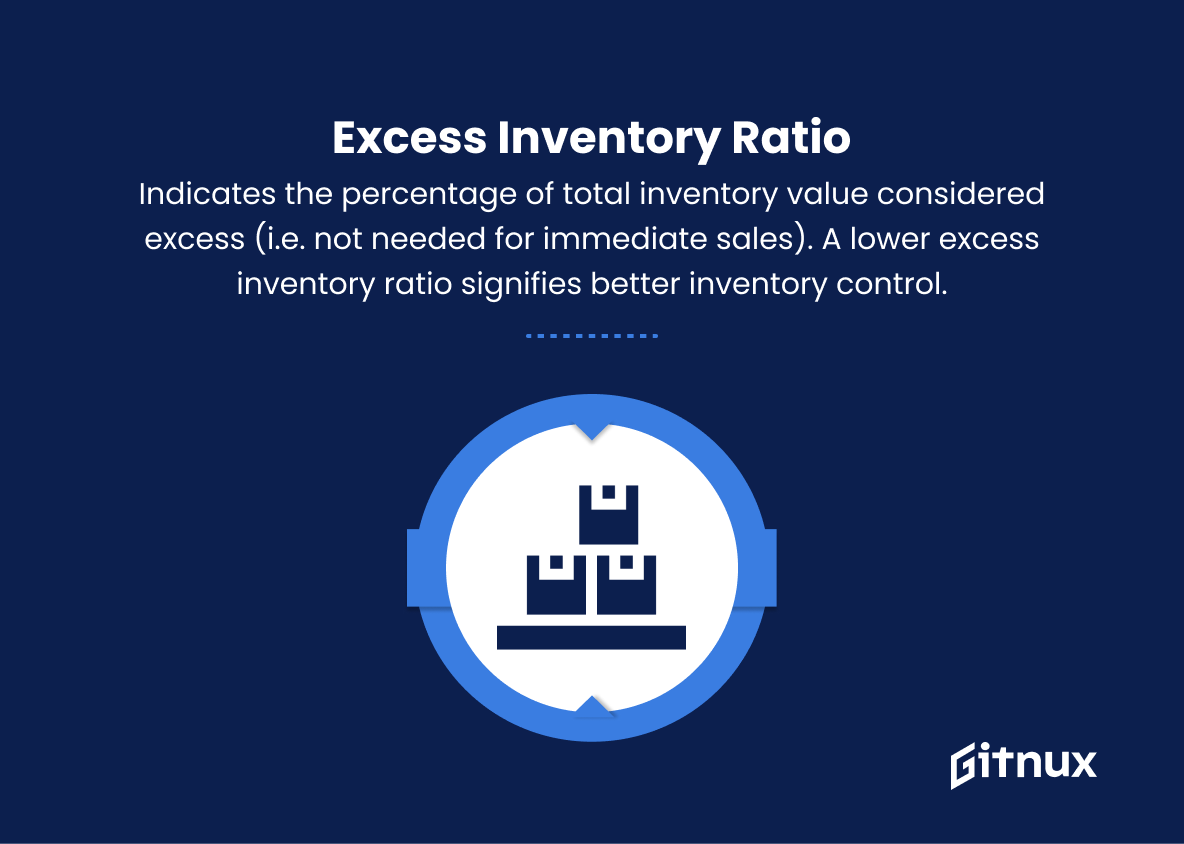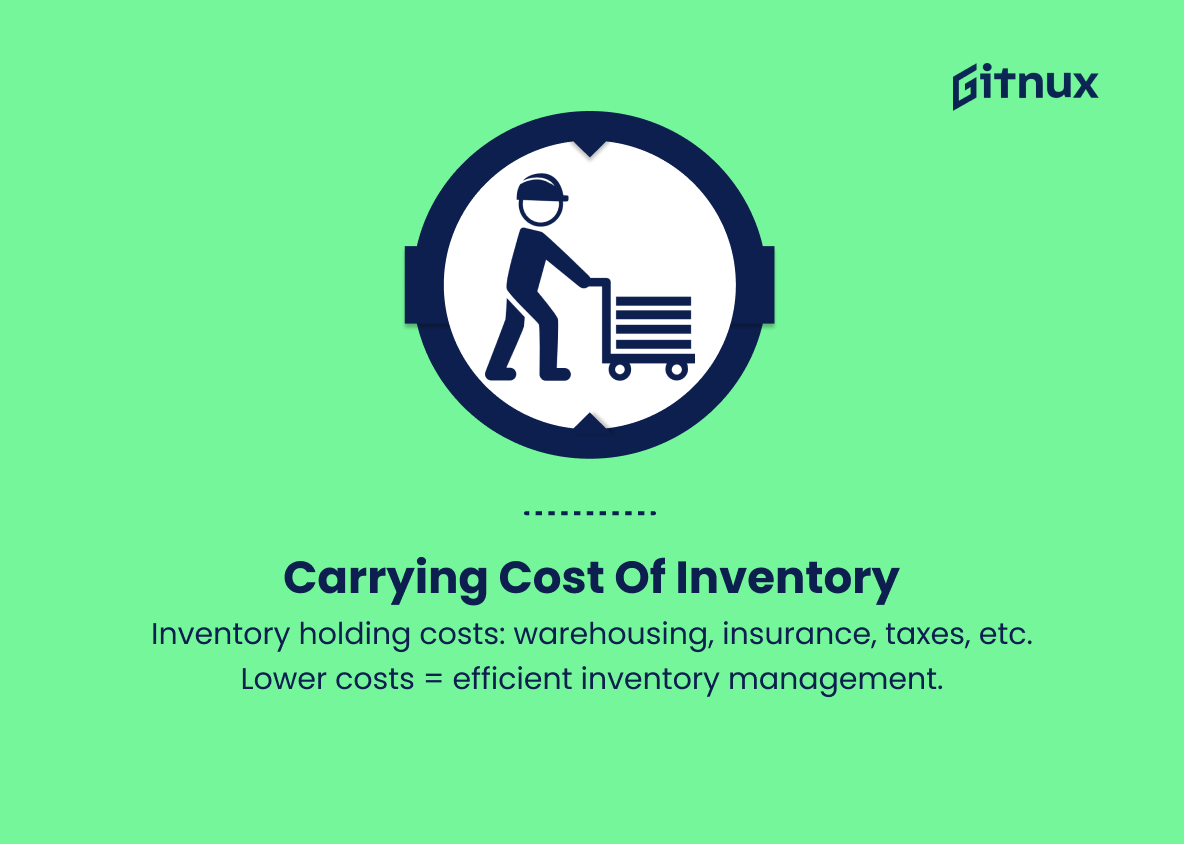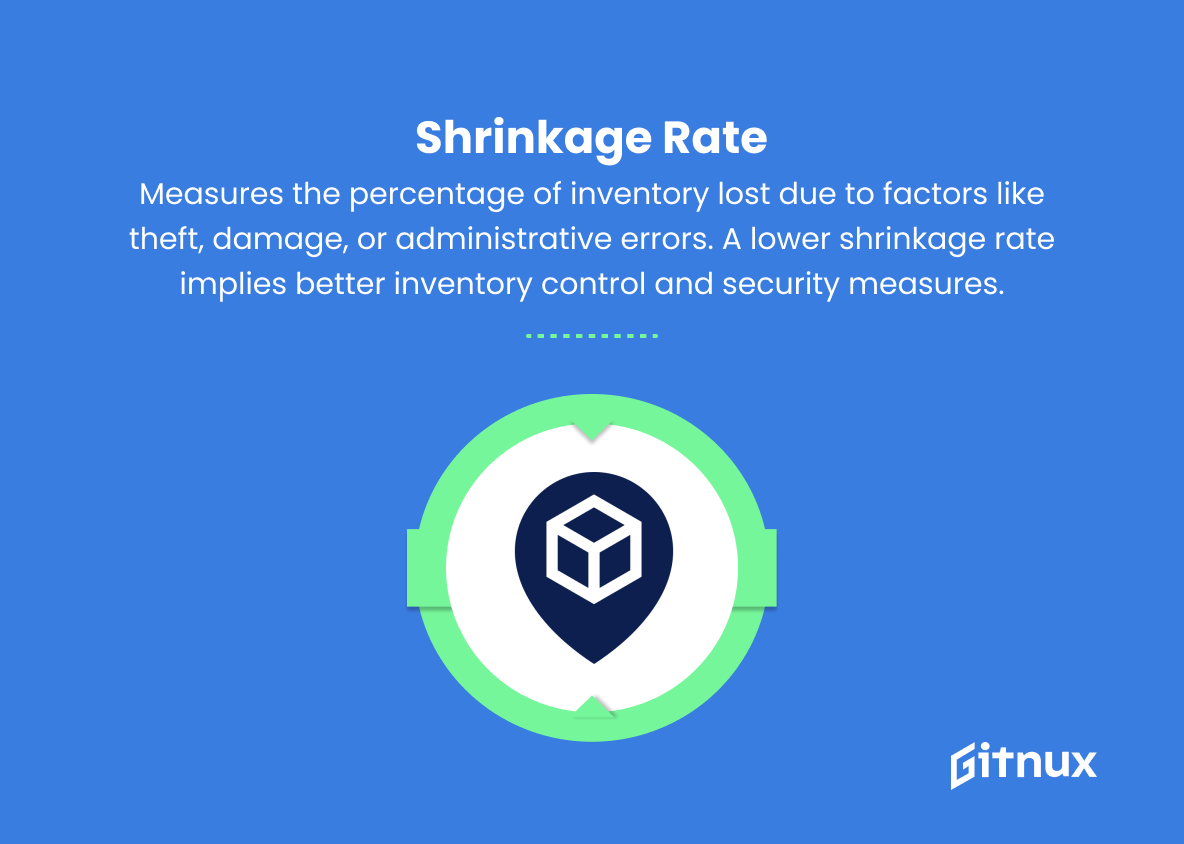In the fast-paced world of supply chain management, maintaining impenetrable inventory accuracy is of the utmost importance. Failure to consistently maintain precise records can lead to major missteps in business operations, ultimately causing both financial and reputational damage. This blog post delves into the critical topic of Inventory Accuracy Metrics, exploring the key principles, best practices, and indispensable tools necessary to achieve unprecedented levels of inventory control.
No matter the size or scope of your organization, understanding and implementing these metrics will serve as a cornerstone for success, enabling you to optimize planning, streamline operations, and meet the ever-evolving demands of your customers with confidence. So, strap in and prepare to embark on a comprehensive journey into the world of inventory accuracy, where the stakes are high and the rewards extraordinary.
Inventory Accuracy Metrics You Should Know
1. Inventory Turnover Ratio
Shows how many times a company’s inventory is sold and replaced over a specific period. A higher turnover ratio indicates better inventory management.
2. Days Sales of Inventory (DSI)
Measures the number of days on average it takes a company to sell its inventory. Lower DSI indicates efficient inventory management and higher product demand.
3. Gross Margin Return on Inventory Investment (GMROII)
Indicates the profitability of a company’s inventory by comparing the gross margin of sales to average inventory cost. Higher GMROII values mean better inventory performance.
4. Stock-to-Sales Ratio
Compares the amount of inventory on hand with projected sales. A lower ratio indicates efficient stock management, while higher ratios may suggest overstocking or loss of sales due to stockouts.
5. Sell-through Rate (%)
Helps understand the percentage of sold inventory in relation to the total stock available. A higher percentage signals efficient inventory management and better matching of demand with supply.
6. Average Age of Inventory
Measures the time in days an item sits in inventory before being sold. A lower average age indicates faster-moving inventory and better management.
7. Order Fill Rate
Shows the percentage of customer orders that were successfully completed, taking into account out-of-stock items. A higher fill rate suggests better customer service and inventory management.
8. Inventory Accuracy
Compares physical counts of inventory to system records to measure inventory tracking accuracy. A higher inventory accuracy percentage indicates better inventory management.
9. Stockout Rate
Measures the percentage of stockouts, or times when a product is unavailable, out of total inventory observations. A lower stockout rate implies better inventory planning and management.
10. Excess Inventory Ratio
Indicates the percentage of total inventory value considered excess (i.e. not needed for immediate sales). A lower excess inventory ratio signifies better inventory control.
11. Carrying Cost of Inventory
Represents the costs associated with maintaining and storing inventory, such as warehousing, insurance, and taxes. Lower carrying costs show efficient inventory management.
12. Shrinkage Rate
Measures the percentage of inventory lost due to factors like theft, damage, or administrative errors. A lower shrinkage rate implies better inventory control and security measures.
These metrics serve as tools to optimize inventory management and ensure smooth supply chain operations. Companies can use these performance indicators to minimize costs, maximize profitability, and enhance customer satisfaction.
Inventory Accuracy Metrics Explained
Inventory accuracy metrics, including inventory turnover ratio, days sales of inventory, gross margin return on inventory investment, stock-to-sales ratio, sell-through rate, average age of inventory, order fill rate, inventory accuracy, stockout rate, excess inventory ratio, carrying cost of inventory, and shrinkage rate, are critical to effective inventory management and supply chain operations.
These metrics allow companies to evaluate their management practices, optimize costs, and maximize profitability, all while providing better customer satisfaction. They enable companies to identify areas for improvement and track the success of any changes implemented. Overall, these metrics are essential in helping companies strike the right balance between inventory control, product demand, and customer service, ensuring a streamlined and cost-effective approach to inventory management.
Conclusion
In conclusion, inventory accuracy metrics play a critical role in the success of any business dealing with stock and inventory management. By closely monitoring these metrics, businesses can ensure efficient inventory control, reduce carrying costs, prevent stockouts and overstock situations, improve order fulfillment rates, and ultimately enhance customer satisfaction.
By implementing a robust inventory management system, conducting regular audits, and establishing a solid foundation for data analysis, companies can achieve higher levels of inventory accuracy and drive long-term growth and profitability. By continually refining its metrics and adapting to the ever-changing market conditions, a business will set itself apart from the competition and thrive in the world of commerce.
